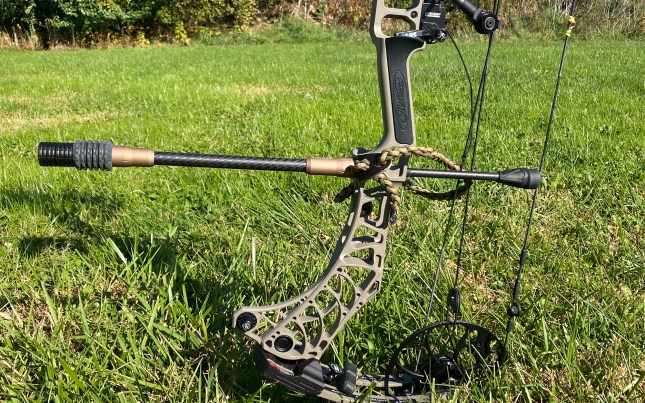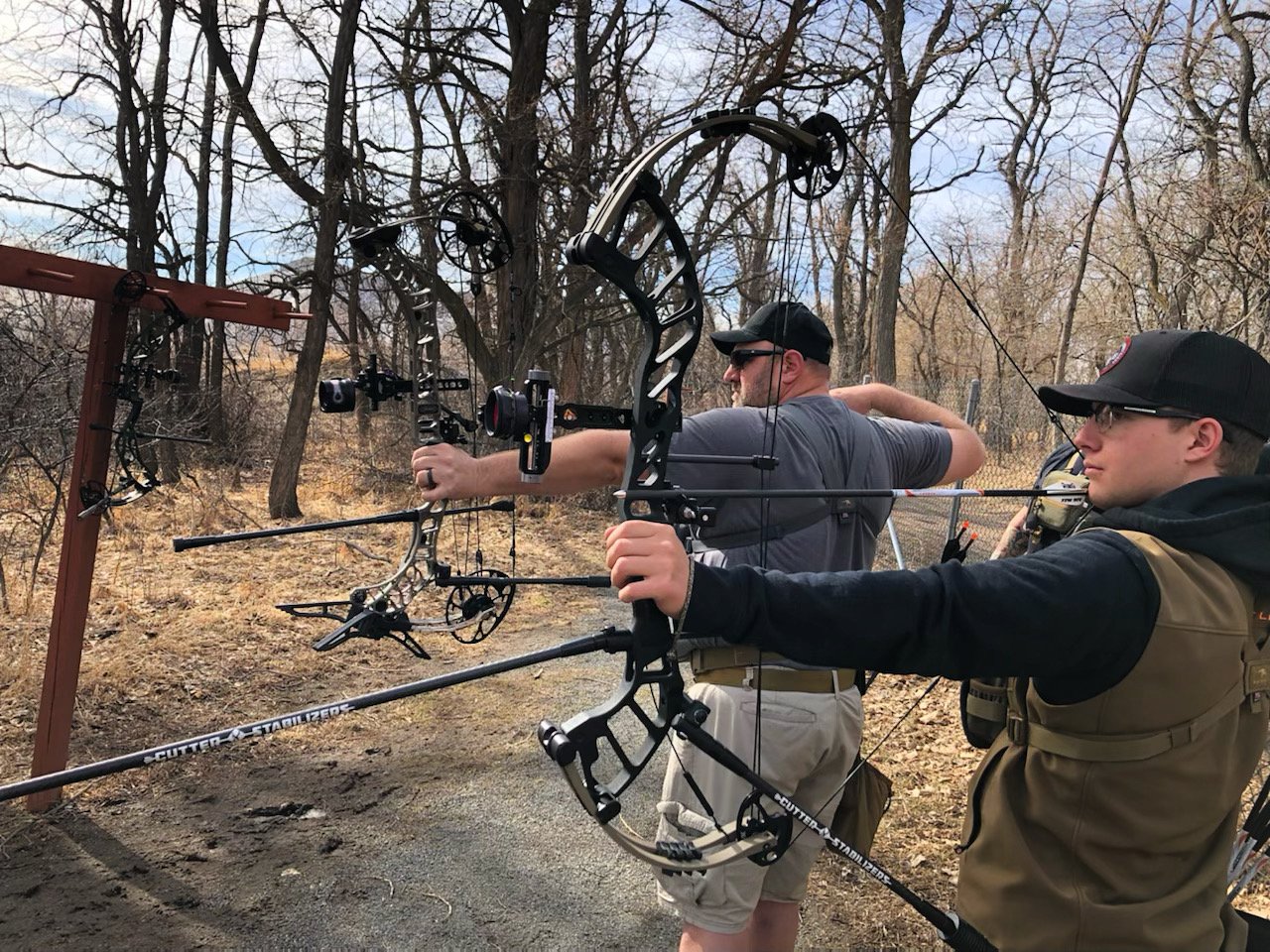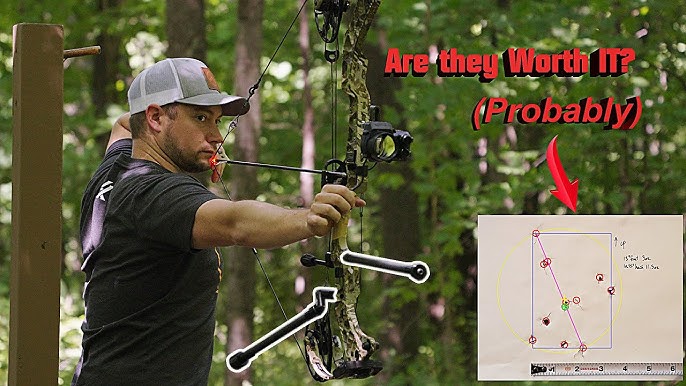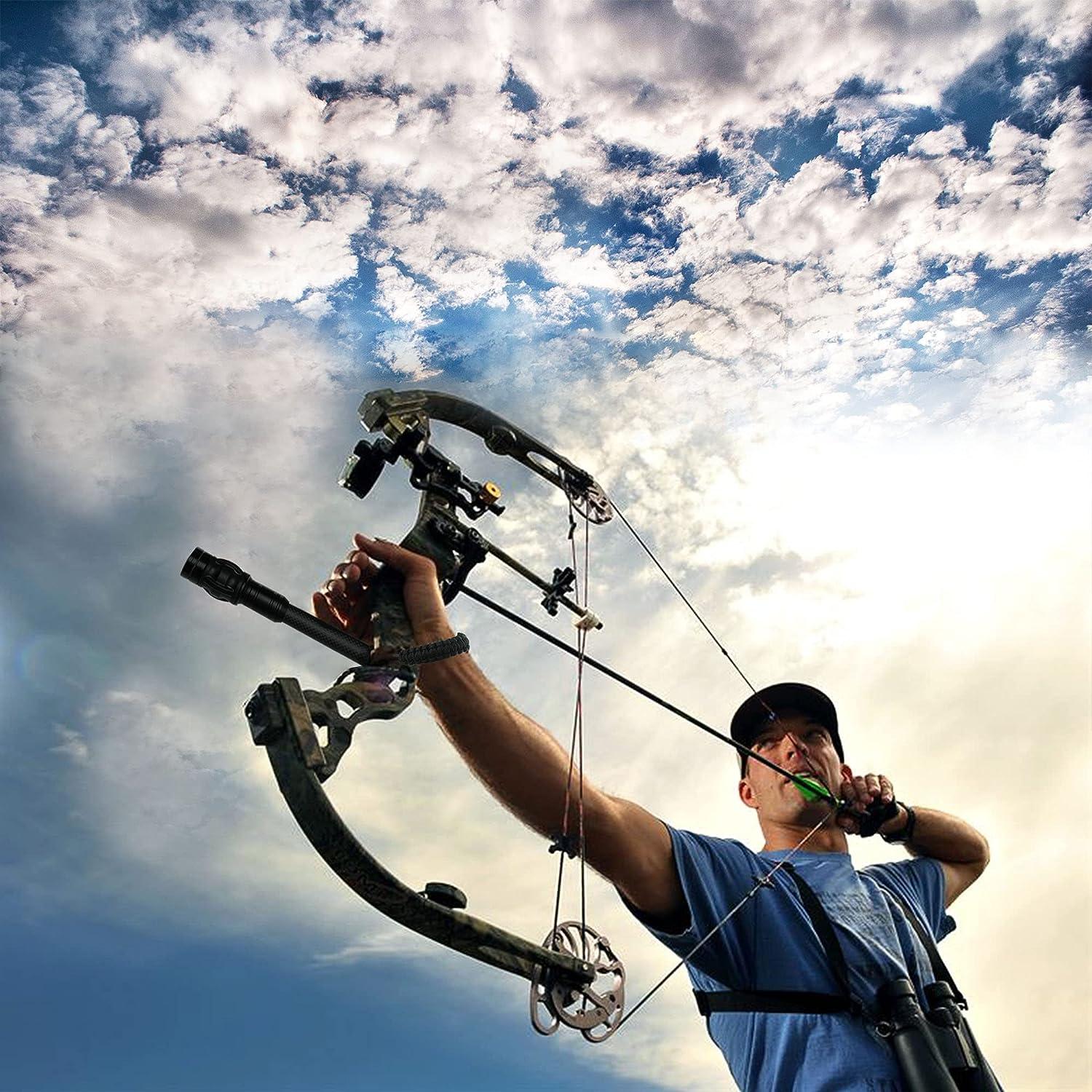Increase Your Archery Performance: The Ultimate Overview to Bow Stabilizer Configuration
Enhancing your archery efficiency requires a precise method to every aspect of your equipment arrangement. Among the various parts that contribute to precision and security, the bow stabilizer plays a critical function in improving your shot implementation. Recognizing exactly how to optimize your bow stabilizer arrangement can bring about considerable renovations in your total accuracy and consistency on the variety or in the field. As we look into the ins and outs of choosing the appropriate stabilizer weight, positioning, and tweak methods, you will uncover the key to unlocking your complete possibility as an archer.
Understanding Bow Stabilizers
In the realm of archery equipment, the role and feature of bow stabilizers stand as necessary elements for improving shooting precision and security. Bow stabilizers are created to decrease bow torque, lower resonances, and assist in holding the bow consistent throughout the aiming and release procedure. By affixing a bow stabilizer to the riser of the bow, archers can experience better balance and lowered hand shock, resulting in even more constant and precise shots.
The main function of a bow stabilizer is to dampen any type of vibrations that happen upon launching the arrow. This reduction in vibration not just enhances the shooter's convenience however additionally aids preserve emphasis and control throughout the shot cycle. In addition, bow stabilizers help in counteracting the weight of devices attached to the bow, such as views, quivers, and arrowhead rests, making sure optimal weight distribution for boosted security.
Recognizing the mechanics and benefits of bow stabilizers is critical for archers looking to fine-tune their shooting performance and attain higher precision on the variety or in the field.

Selecting the Right Stabilizer Weight
Picking the ideal weight for your bow stabilizer is a critical aspect of maximizing your archery arrangement for enhanced capturing efficiency. The stabilizer weight straight influences just how efficiently the stabilizer decreases vibration and maintains your bow throughout the shot. When picking the best stabilizer weight, it's vital to consider your shooting design, bow balance, and personal choices.
Lighter stabilizers, typically considering between 3-6 ounces, are favored by archers who prioritize maneuverability and quick target acquisition. On the other hand, much heavier stabilizers, ranging from 8-12 ounces or even more, are chosen by target archers seeking optimum stability and lowered bow activity.
Ultimately, the most effective stabilizer weight for you will depend on your shooting goals and choices. Experimenting with different weights and finding the one that uses the ideal balance of stability and maneuverability is crucial to improving your sites archery efficiency.
Setting Up Your Bow Stabilizer
To properly install your bow stabilizer, make sure that you have all the necessary devices and comply with these step-by-step guidelines for a effective and safe and secure configuration. Begin by identifying the front stabilizer bushing on your bow riser.
Meticulously thread the stabilizer into the front bushing by hand, making certain not to cross-thread it (bow stabilizer). Once the stabilizer is well in place, make use of an appropriate wrench to tighten it firmly. Stay clear of over-tightening, as this can create damage to the bow or stabilizer
After mounting the stabilizer, check to guarantee it is straight and straightened with the bow. Some stabilizers come with adjustable weights or dampeners; change these according to your choices and shooting design. Lastly, examination the bow to make certain the stabilizer is efficiently lowering resonance and boosting your shot uniformity.
Readjusting Stabilizer Position for Accuracy
After mounting the bow stabilizer securely, maximizing its placement is important for improving accuracy in your shooting. Moving the stabilizer more detailed to the riser can help reduce the bow's general weight distribution, possibly enhancing your aiming stability.
When changing the stabilizer placement, take into consideration the kind of capturing you do. For target archery, a longer stabilizer positioned better out may be beneficial for added stability throughout the aiming process - bow stabilizer.
Fine-Tuning Your Stabilizer Arrangement

In addition, take into consideration the placement of any kind of dampeners or weights along the stabilizer rod. Moving these parts closer to or even more from the riser can change the stabilizer's overall effect on your bow's balance. Fine-tuning these details can help reduce resonance, decrease hand shock, and boost total control throughout the shot implementation.
Regularly reassess your stabilizer arrangement as your shooting technique advances to guarantee it proceeds to match your kind and capturing goals. By finetuning your stabilizer setup with precision and treatment, you can maximize your bow's efficiency and raise your archery abilities to new elevations.
Conclusion
Finally, maximizing your bow stabilizer configuration is vital for boosting your archery performance. By recognizing the purpose of stabilizers, choosing the appropriate weight, correctly installing and positioning the stabilizer, and tweak its arrangement, you can boost your precision this post and consistency in capturing. Make the effort to trying out various setups and adjustments to locate the setup that works ideal for you and helps you attain your archery objectives.
Bow stabilizers are made to decrease bow torque, minimize vibrations, and assist in holding the bow constant throughout the intending and launch procedure. By affixing a bow stabilizer to the riser of the bow, archers can experience enhanced equilibrium and minimized hand shock, resulting in more precise and consistent shots.
The stabilizer weight directly affects how successfully the stabilizer lowers vibration and maintains your bow during the shot. bow stabilizer. By comprehending the purpose of stabilizers, selecting the proper weight, appropriately positioning the stabilizer and setting up, and adjust its setup, you can improve your precision and consistency in shooting

